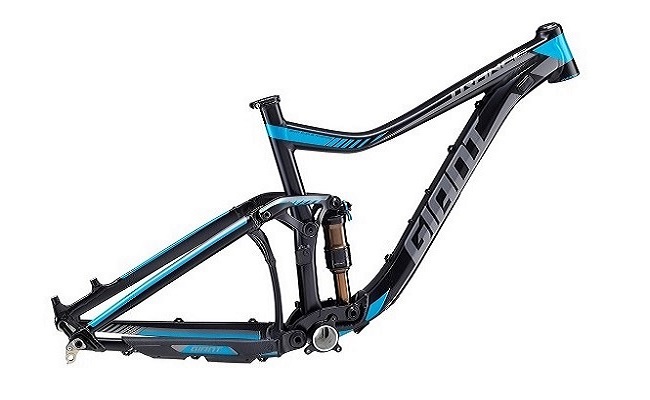
You can't disregard the part of the frame materials when mountain biking. Here are some valuable tips on the frame materials. You like to more fun and enjoyable to learn how to improve your climbing with mountain bikes.
As of now, the most well-known frame materials are steel, aluminum, titanium, and carbon fiber. In this article, we give basic data about these four materials with the goal that you will know how to choose the correct one for you. Remember that albeit every material has different properties, you can modify the less attractive qualities to alter a specific material to your requirements. For instance, you can change the measurement or thickness of the tubing dividers.
You can likewise butt the tubing, which implies make the divider thick at the closures and thin in the center, to change the nature of the ride. Generally, with mountain bikes, we are hoping to make them as light as could be allowed but ready to take a beating and be excused to the rider. With this stated, the more slender you can make the tubing, the lighter the bike will be. By butting the tubing, you can likewise make a lighter bike while keeping the emphasis focuses more grounded. A significant part of the anxiety put on the frame is at the weld focuses. If you have a thicker tube at those focuses, you will have a more grounded frame.
Steel
Steel has been utilized as a frame material the longest. It is the heaviest and furthermore a standout amongst the most strong frame materials. It is a genuinely unbending material that is sturdy or stands up more than quite a long while of riding. Bikes made with steel frames likewise tend to be more affordable than those made of any of alternate materials. Our involvement with steel frames is that they are somewhat more cumbersome but are more sympathetic to the downhills than say aluminum. They are genuinely responsive through the corners and on the climbs meaning when you start pedaling the bike pushes ahead quickly.
Aluminum
Aluminum is one of the more prominent frame materials. It is one of the lightest, second to carbon fiber, and these frames tend to be more affordable than carbon fiber and titanium. Aluminum frames are super light but are exceptionally inflexible, and you feel each knock and shake you hit. These are excellent bikes for climbing but while plunging on a specialized trail, you have to pick a line and avoid the stones or your body will be exhausted when you start climbing once more. If you choose to purchase an aluminum frame, we propose you run with full suspension. That way you will have a light frame that is likewise lenient on the harsh segments of the trail.
Titanium
Titanium is right now the best frame material for mountain bikes. It is decently light, is exceptionally solid, and is excusing or marginally adaptable, yielding a smooth ride. The drawback to this material is the cost. This metal is difficult to get. It is likewise more difficult to weld and work with, along these lines making it more costly. If you can manage the cost of a titanium bike, it won't be the lightest but it will give you a smooth ride, and the frame will last you until the end of time.
Carbon fiber
Carbon fiber is the most current material on the piece. It is made of sheets of carbon molecules that are laid out long and thin to look like strands. Carbon fiber is at present the lightest material utilized for bike frames. Carbon fiber influences an incredible, light to frame that likewise has some adaptability or is excusing in the knocks however it's not exceptionally tough. You may have seen carbon fiber bar closes tear when you crash on them. For lighter riders, this isn't as a lot of an issue, but the heavier you are, the speedier the material will separate. Carbon fiber is likewise not the most responsive material. If you pedal out of a corner, it will set aside more opportunity for the bike to move forward than an aluminum frame bike.
Since you know, the basics about these four materials go out and ride a few bikes and make your judgments about their execution. Most bike shops will give you a chance to test ride their bikes, particularly if you are anticipating purchasing. It is basic for you as a potential purchaser to ride some different bikes as they all have a somewhat different feel on account of the frame geometry, which means tube edges, and material. When you have ridden 3-5 different bikes, you will start to feel the difference in how everyone rides.
This will at that point help you to figure out what feels ideal for you.
